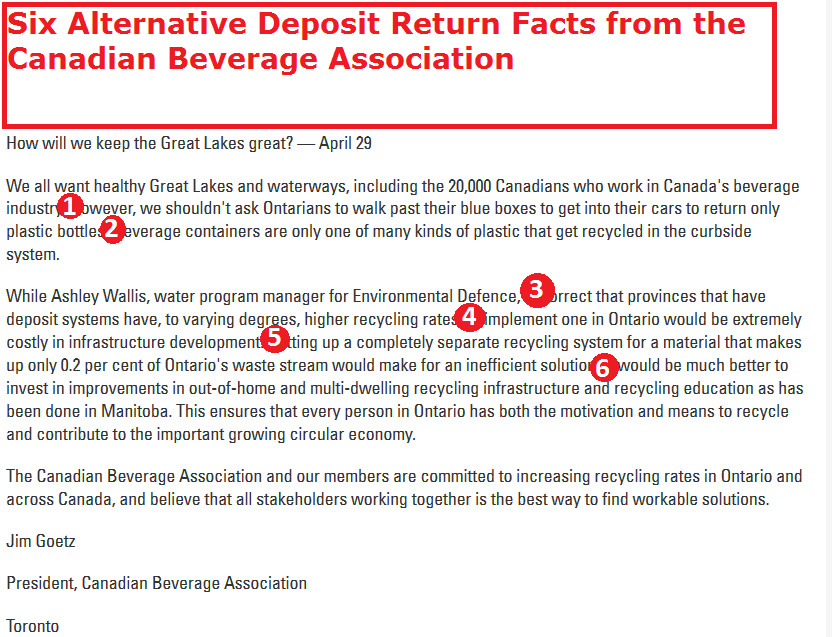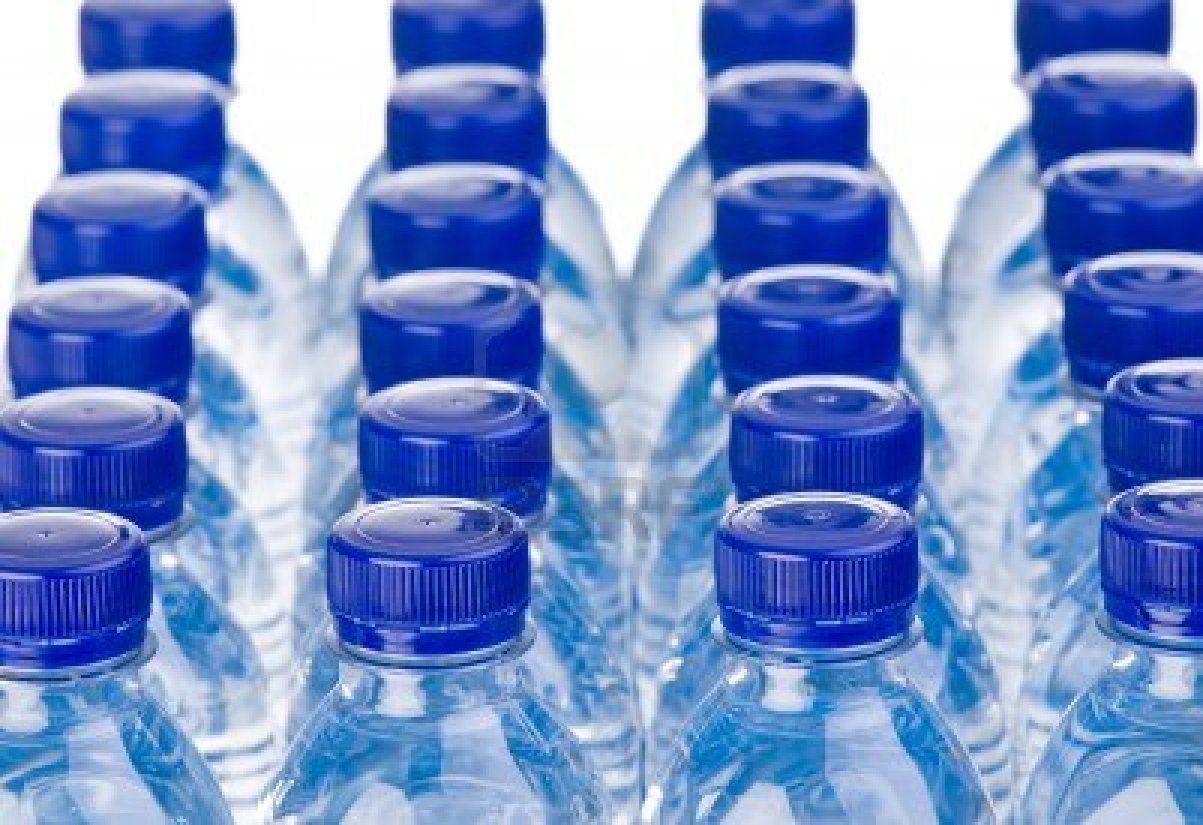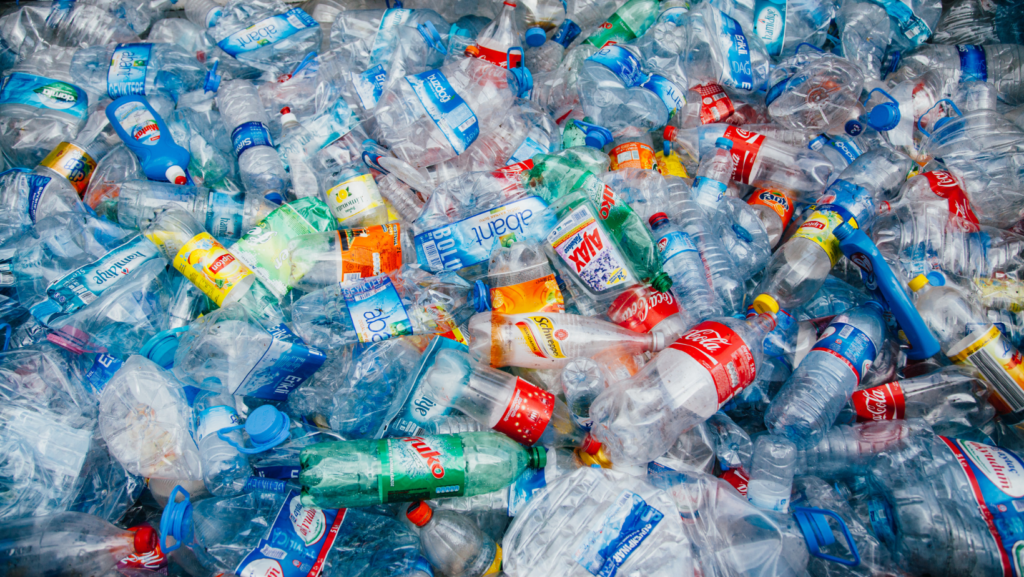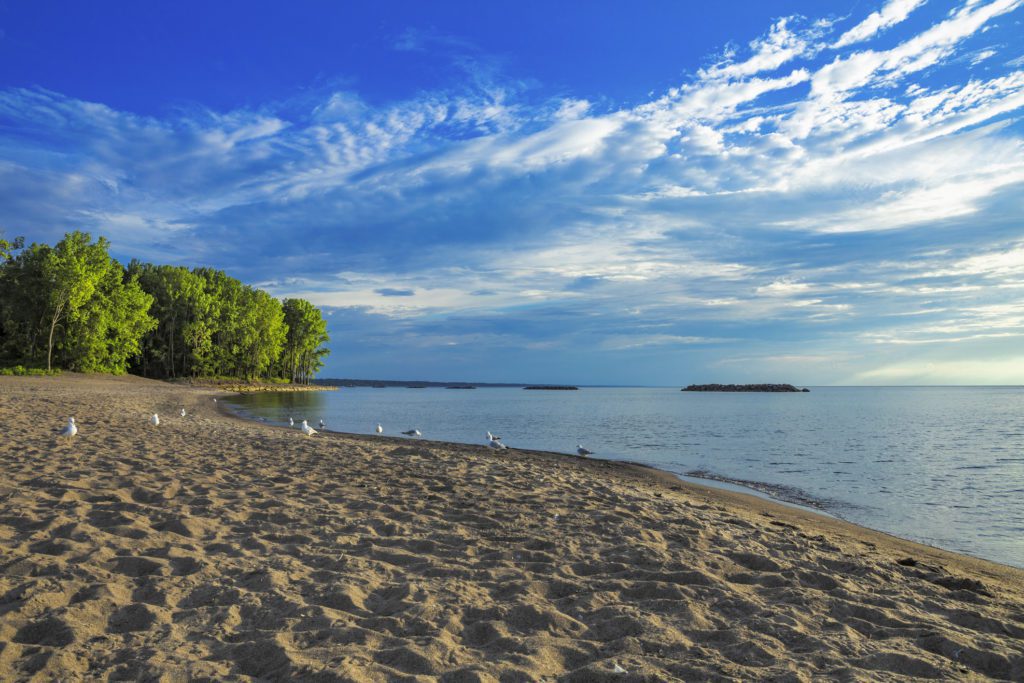A few weeks ago, The Hamilton Spectator published an opinion piece of ours. In the piece, we wrote about the need for increased funding to help protect and restore the Great Lakes. And we mentioned that a deposit return program for plastic bottles could be a tool to help generate those much needed funds.
The article caught the eye of the Canadian Beverage Association, and prompted their president (Jim Goetz) to submit a letter in response.

His letter was full of misleading industry talking points and inaccurate arguments. Here’s a breakdown, along with the real facts:
Industry Talking Point #1: Deposit return programs are inconvenient
…we shouldn’t ask Ontarians to walk past their blue boxes to get into their cars to return only plastic bottles
Fact:
Deposit return programs can be convenient. The best systems in Canada and around the world use a return-to-retail model, so you return your bottles at the same location that you buy other beverages. No need to make a special trip with your empties, just combine your returns with your next trip to the store. Or, if you don’t want to return your empties, you can put them in your Blue Box, or better yet, next to your Blue Box, and let some enterprising person return them for you. It’s the kind of system Ontarians already have for beer and wine bottles. And it’s one they like. Recent polling found that 91 per cent of Ontarians are supportive of a deposit return program for plastic beverage containers.
Secondly, deposit return systems address a specific challenge for plastic bottle recycling: soda, iced tea, and bottled water are often consumed on-the-go. And recycling rates for beverages consumed in public or commercial spaces are much lower than recycling rates for beverages consumed at home. As a matter of fact, the Canadian Beverage Container Recycling Association (Jim Goetz – author of the letter – is chairman of the Board of Directors) estimates that only 28 per cent of beverage containers (see page 12 of this report) consumed away from home are recycled! These bottles aren’t being walked past a Blue Box, because they never made it home in the first place.
Industry Talking Point #2: It’s not fair to single us out
Beverage containers are only one of many kinds of plastic that get recycled in the curbside system
Fact:
While it is true that there are lots of types of plastic in the Blue Box, this doesn’t change the fact that a deposit system will work best for plastic bottles. Other packaging products are the responsibility of other manufacturers. What matters is that each industry strives for the highest recycling rates possible, and when it comes to beverage containers, it’s widely accepted that deposit return programs achieve just that: the highest recycling rates – Jim even agrees with us (see number three below!). By pushing back against deposit return systems, industry is saying they aren’t willing to take full responsibility for their packaging.
Industry talking point #3: Deposits are only slightly better
…deposit systems have – to varying degrees – higher recycling rates…
Fact:
It’s nice that they acknowledge that deposits achieve better results, but then they try to downplay the significance. Most provinces in Canada – except Manitoba and Ontario – have a deposit return program for plastic bottles. And those other provinces have significantly higher recycling rates. Ontario’s recycling rate for plastic bottles is about 50 per cent, while the average in provinces with deposit programs is 77 per cent.
Check out part 2 of this blog where we continue to counter the industry’s spin about deposit return programs.









